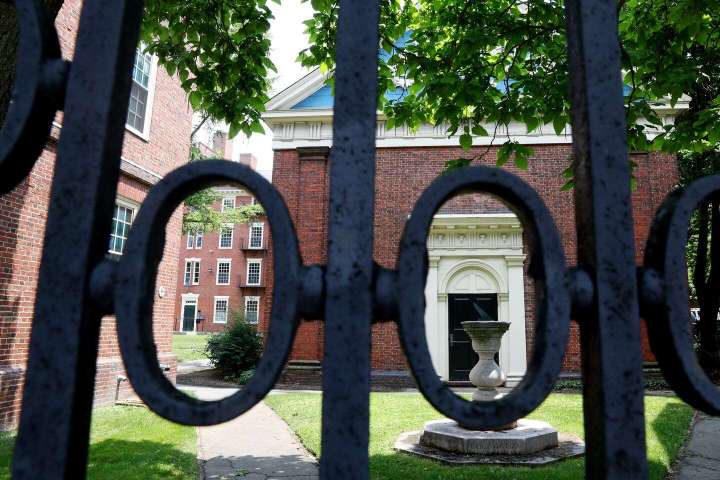The ideological lurch at the Supreme Court that ended the right to abortion probably spells doom for affirmative action in higher education as well. The court agreed this year to hear challenges to the admissions programs at two prestigious universities, one private (Harvard University) and one public (the University of North Carolina at Chapel Hill).
The end of affirmative action at colleges could be a good thing

In fact, the clock has been ticking on affirmative action since 2003, when a more moderate court sustained the use of race as a factor in college admissions. Writing in Grutter v. Bollinger, then-Justice Sandra Day O’Connor predicted that “25 years from now, the use of racial preferences will no longer be necessary” to advance the goal of diversity on campus.
Necessary or not, that 25-year window is closing a few years early. Among the justices sure to vote against affirmative action is the senior member of the court, Justice Clarence Thomas. As a Black man with long experience of affirmative action, Thomas has argued — echoing the great abolitionist Frederick Douglass — that the supposed benevolence of racial preferences is harmful to those it purports to help. Underprepared students are set up for failure at elite institutions, while well-prepared minority students are placed under a cloud of suspected inferiority.
Thomas’s critique can point a way forward, if Americans of good will agree not to retreat into culture-war crouches. However the policy was originally intended, affirmative action in college admissions has propped up a lack of action in grade schools and high schools. The truly affirmative idea is to ensure that minority students are just as prepared for college as anyone else.
Follow David Von Drehle‘s opinions
FollowWall Street Journal columnist Ben Cohen recently profiled one example of an affirmative educator in action.
Will Frazer made a bundle on Wall Street, then retired early to Florida, where he soon grew bored. He found new purpose at a local public high school, where he has built the Buchholz Math Team into the best competitive mathematics program in the country.
Frazer’s teams, from an otherwise average school, have won 13 of the last 14 national math competitions sponsored by Mu Alpha Theta, the honor society for mathematics students. Cohen visited a bustling summertime practice session and observed a range of reasons for the success. Frazer has a talent for team-building and a highly creative approach to the math curriculum. But another key to the Buchholz dynasty jumped out at me as I read the report.
Frazer “believes the pipeline for the high school’s math team must begin long before students reach high school,” Cohen wrote, so he “searches for prospects in elementary school and steers them to accelerated math classes in middle school.” At that stage, the students begin to encounter stars of the high school team as teachers and tutors, and to envision possibilities for themselves.
Early identification and cultivation of talent is nothing new to the U.S. education system, as Frazer himself suggested when he said to Cohen: “You wouldn’t grab a kid in ninth grade who’s never played football and expect him to be a great high-school football player. For most of these kids, this is their football.” The United States is extremely good at finding athletic promise in children and developing that talent for college programs and beyond.
Math coach Frazer is proof that the same approach can work with academically talented children. And judging from photos of the Buchholz team, math talent comes in every race and color. (Speaking of which, maybe you’ve heard that the engineer who finally got the breathtakingly complex Webb Space Telescope off the ground and into the heavens is the African American son of Virginia sharecroppers.)
From a young age, children of color in the United States are directed toward careers in sports and entertainment, but those whose talents are academic don’t necessarily receive the same early encouragement and guidance. If they did, the question of diversity in higher education might simply melt away.
Frazer’s success recalls the story of Jaime Escalante, the Los Angeles math teacher whose belief in his inner-city students inspired the 1988 film “Stand and Deliver.” The careers of both men suggest a vast resource of untapped brain power if only our country would commit the time and effort necessary to identify and nurture it.
And that takes work. Lots and lots of work. For too long, affirmative action at the college level has been a smokescreen for our failure to act affirmatively enough in the formative years. But if the Supreme Court’s likely decision forces the country to start taking the development of young scholars as seriously as it takes the development of young athletes, the end of affirmative action could be the start of something much, much better.






